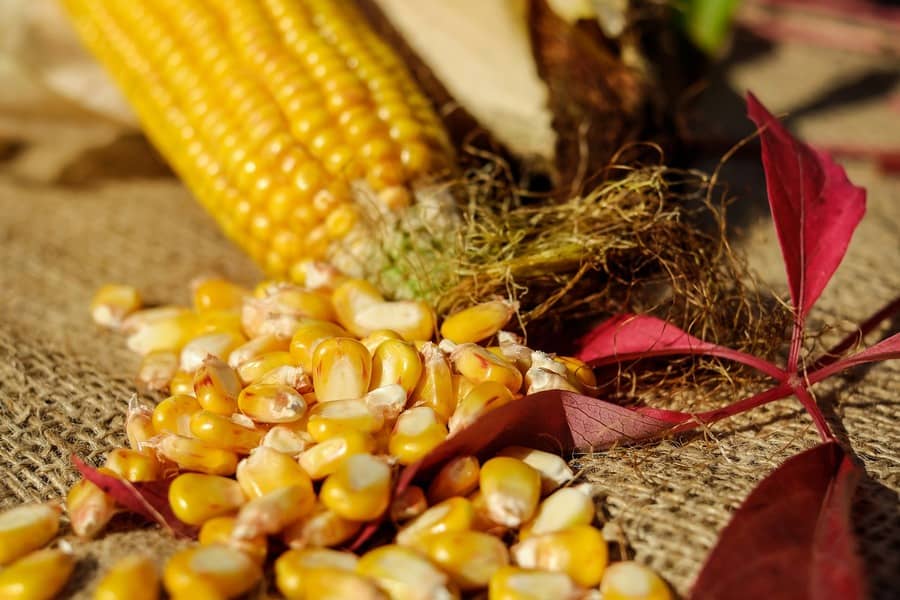Porto Alegre, July 12, 2022 – International prices dropped significantly between June and July due to factors such as the resumption of rains in the United States and pressure from the financial market on commodities. Now, we have entered a decisive phase of US production, which generates extreme volatility depending on the weather signs for the coming few weeks. The Brazilian market has its internal volatility also driven by this international scenario, added to the entry of a record second crop and exchange rate movement. We had an aggressive exchange rate movement last week, with a rebound of CBOT prices, but with a second crop that needs space, liquidity and outflow. Exports are having a good start in the 2022 cycle but are unable to provide a quick flow for a second crop that arrives earlier and with selling appeal for growers.
The Brazilian second crop advances regionally, now more clearly in all growing states, as July moves on and warehouses raise the level of receipt and commitments by growers. We must reflect that, besides a record second crop, the harvest is taking place earlier than normal. It has been a while since there was such a strong harvest in Mato Grosso in June. The additional factor of 2022 is that there are still a lot of soybeans to be removed from or be sold in warehouses, and this is boosting open-air storage in several locations. Premature harvest and warehouses still occupied with soybeans have been this year’s pattern in Mato Grosso.
In other states, this situation is also evident. However, growers have been opting to fulfill the contracts in the first harvests due to future space and cash needs, and later harvests may have to look for space in warehouses. But we notice offers appearing more clearly in the Southeast, Goiás, Paraná, and Mato Grosso do Sul, Paraguay, Maranhão, and Piauí. All at their proper speed of harvesting and trading. Then, the second crop entry environment starts to flow better, and consumers start to receive initial batches, absorbing some offers that arise and still waiting for the selling position of growers and the rest of the harvest, which is only in its first fourth.
The flow of this second crop arrival and the production flow are the central points for prices. Last week showed a dollar still above BRL 5.30, but the CBOT price was recovering strongly due to the factors already mentioned. Port levels increased from BRL 82/83 to 87/88 for August/September, with an important improvement over the week and offering new opportunities for sales and distribution of the Brazilian crop. Domestic consumers continue to bet on greater harvest pressures and even lower prices. This is a normal setup for this time of year and a record second crop that needs to be sold.
Despite the good start of exports, the flow of this second crop will still take 2 to 3 months until it is allocated to domestic demand and/or exports. It is very different from 2021, when there was a strong decline, and domestic demand needed to look for washouts to allow corn to be retained in the Brazilian market. Now, there is availability and the greater or lower selling pressure by growers will determine the price bottom of this second crop period. It is clear that a new currency surge and/or a US crop failure would determine new variables for domestic prices in Brazil.
This business year, the corn volume committed to exports, shipped or to be shipped, reached 10.5 mln tons. July is surprising with almost 5.5 mln tons scheduled for shipment, and August has the first ships being scheduled with approximately 500 thousand tons. We are back to the normal curve for the entry of the second crop and the flow of exports, remembering that this year there is no reason or price conditions for reversing shipments as in 2021, that is, there is no chance of washouts this year, not least because domestic prices are now lower than the levels contracted for exports. Several opportunities existed for second crop contracts at very healthy prices, even across Mato Grosso. Now, the prices to be charged will be those formed from the port levels.
We may be heading for export commitments of 20 to 25 mln tons until September, out of a total forecast of 37 mln tons for the business year until January. High premiums at Brazilian ports, between 70 and 100 cents above Chicago, indicate there is still a strong demand for Brazilian corn and that it could increase in view of the risk of the US weather. Therefore, the observation of port flow continues to be a priority for the Brazilian market.
Agência SAFRAS Latam
Copyright 2022 – Grupo CMA

